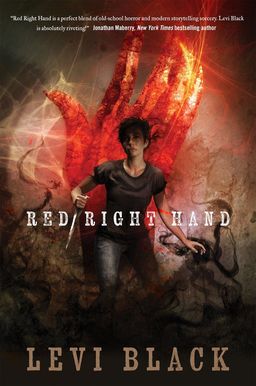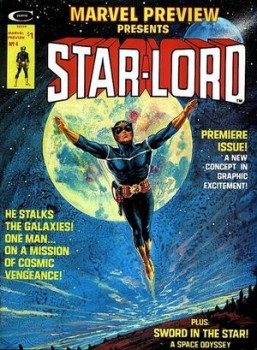Beneath Ceaseless Skies 203 Now Available
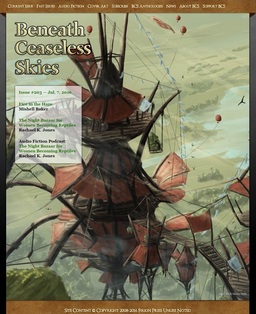 Beneath Ceaseless Skies was nominated for a World Fantasy Award earlier this month (alongside Black Gate, we humbly point out), and I must say, they make for some very stiff competition. BCS is one of the top markets for adventure fantasy, and it just started buying longer stories. At only $15.99 for a full year, it’s a terrific bargain. I finally bought a subscription back in May, and I’ve been heartily enjoying it.
Beneath Ceaseless Skies was nominated for a World Fantasy Award earlier this month (alongside Black Gate, we humbly point out), and I must say, they make for some very stiff competition. BCS is one of the top markets for adventure fantasy, and it just started buying longer stories. At only $15.99 for a full year, it’s a terrific bargain. I finally bought a subscription back in May, and I’ve been heartily enjoying it.
Issue #203 of Beneath Ceaseless Skies is dated July 7 and features fiction by Mishell Baker and Rachael K. Jones, a podcast by Rachael K. Jones, and a reprint by Aliette de Bodard. Here’s the complete Table of Contents.
“Fire in the Haze” by Mishell Baker
And yet everywhere I looked, my periphery supplied ghosts of him: lounging indolently on a couch, reaching up to add a final stroke to a poem, bowing over my hand. And there, of course, pausing at the foot of the narrow stairs to the grand bedchamber. Looking over his shoulder, a half smile adorning the human face he wore even when we were alone.“The Night Bazaar for Women Becoming Reptiles” by Rachael K. Jones
Hester’s skin itched all over, and she longed for cool sand sliding against her bare belly. One, two, three eggs into her mouth, one sharp bite, and the clear, viscous glair ran down her throat. The shells were tougher than she expected. They tasted tart, like spoiled goat’s milk. She waited for the change, but the sun crawled higher and nothing happened.
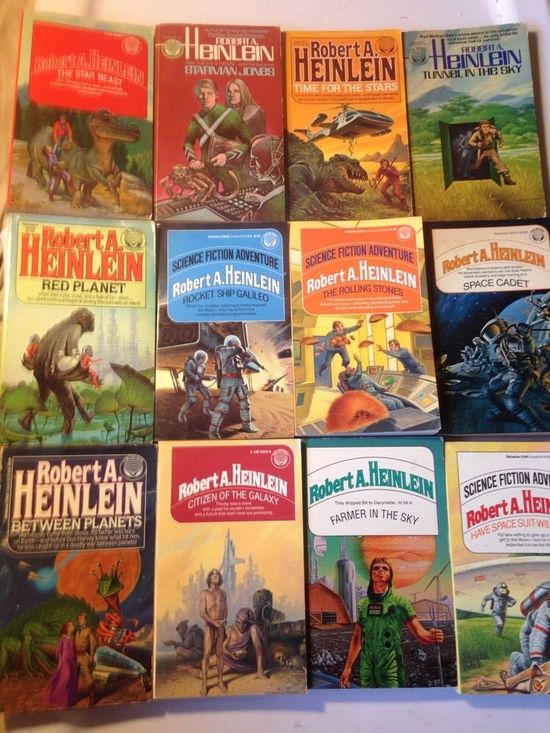

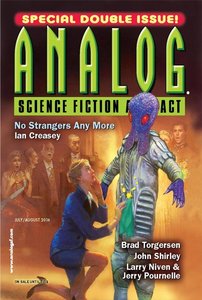
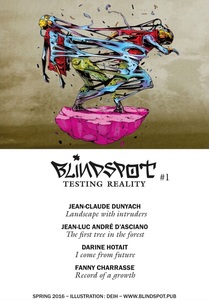


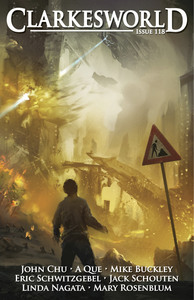
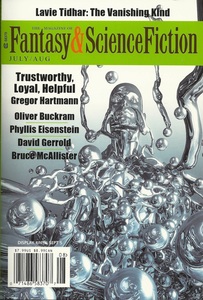


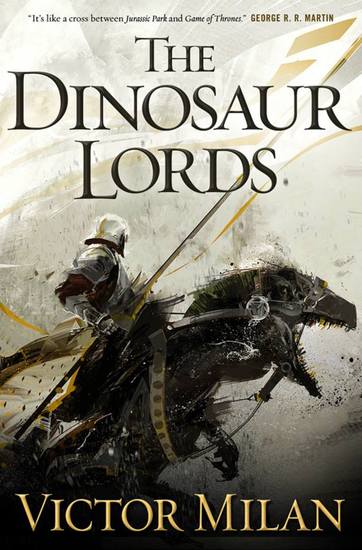
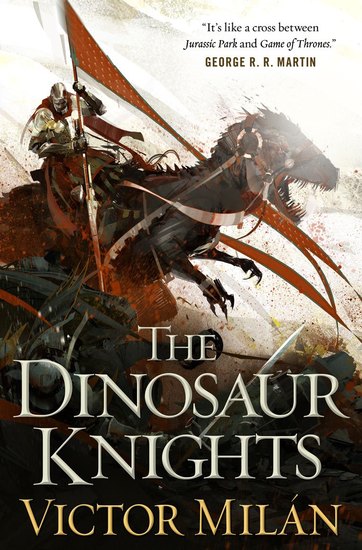
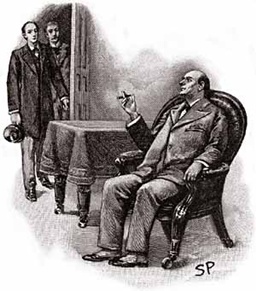

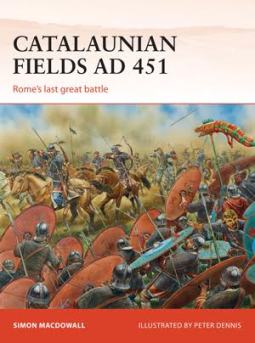 Ah, June. Not a bad month at all, now that I look back on it.
Ah, June. Not a bad month at all, now that I look back on it.